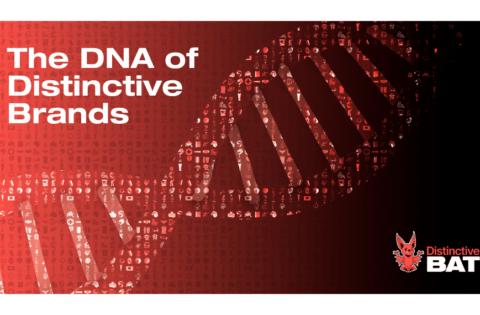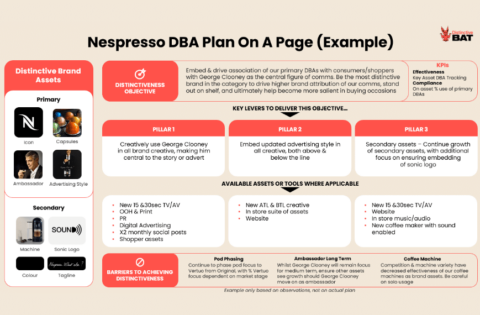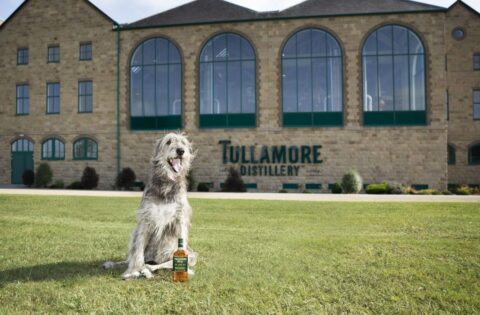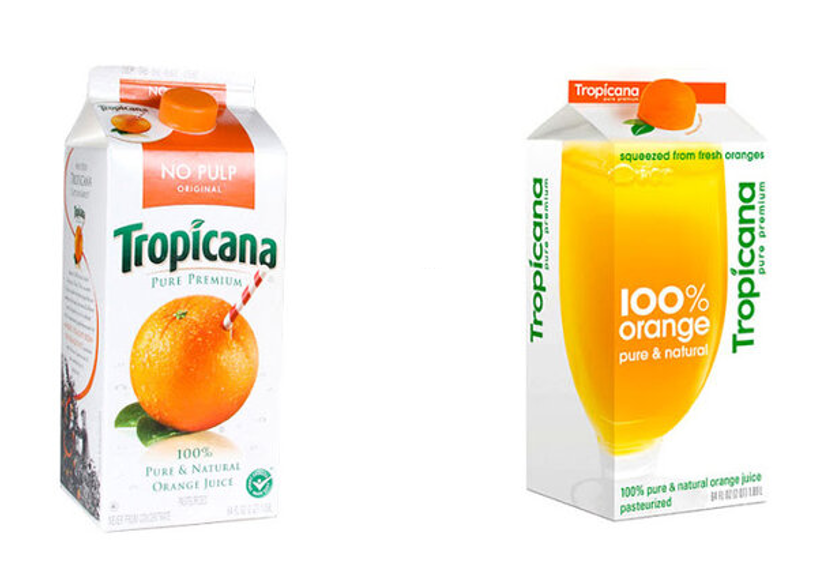
Distinctive Brand Asset Case Studies
Distinctive Brand Asset Case Studies
We’re big fans of case studies bringing to life marketing theory and marketing science principles. Nothing better helps show their importance but also the application. Here are some of our favourite case studies. Please let us know your favourite case studies that are publicly available and we’ll build this article out over time.
Snickers via Mark Ritson
Excellent video from Mark Ritson and Marketing Week on their review of winners of the Effie Awards. While all the videos in the series are worth a look, here is one of the best, breaking down the “brand codes” of Snickers. As part of an Effie Awards winners review, Mark put brand codes as the 4th most important factor in advertising effectiveness.
Distinctive Asset Measurement: Brand Research That Provokes Action
Used by some of the world’s most distinctive & leading brands






Tropicana
Perhaps the most well-known and often used example of what not to do when it comes to a product redesign and meddling with your brand assets, the Tropicana rebrand has gone down in marketing folklore. $35m in marketing spend to lose $20m and a quick reversal back to the old pack, a marketing team’s idea of a nightmare. Read about it in the Brand Journal here.
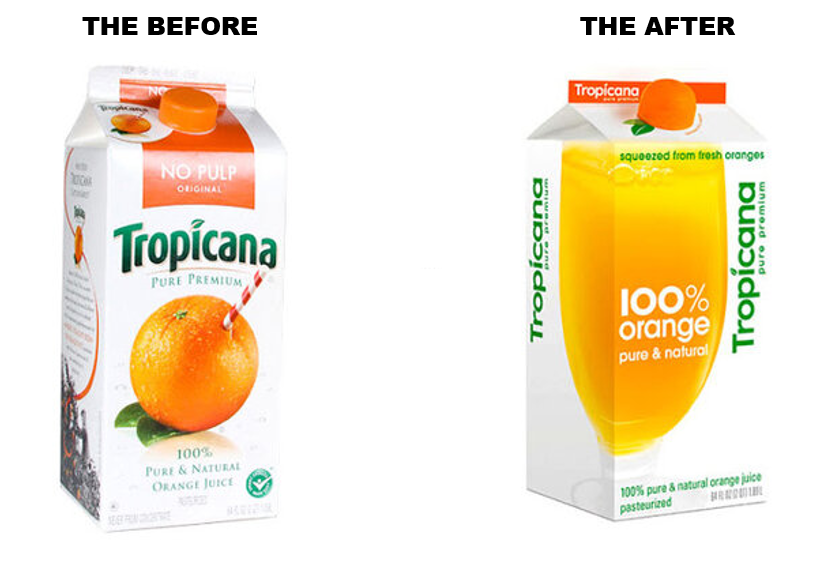
Food Delivery Brands U.K.
In our research of the main players in the U.K. food delivery category, we took a look at how distinctive these brands are, looking at the strengths of Deliveroo & Just Eat and the challenges for Uber Eats. Read more about it here.
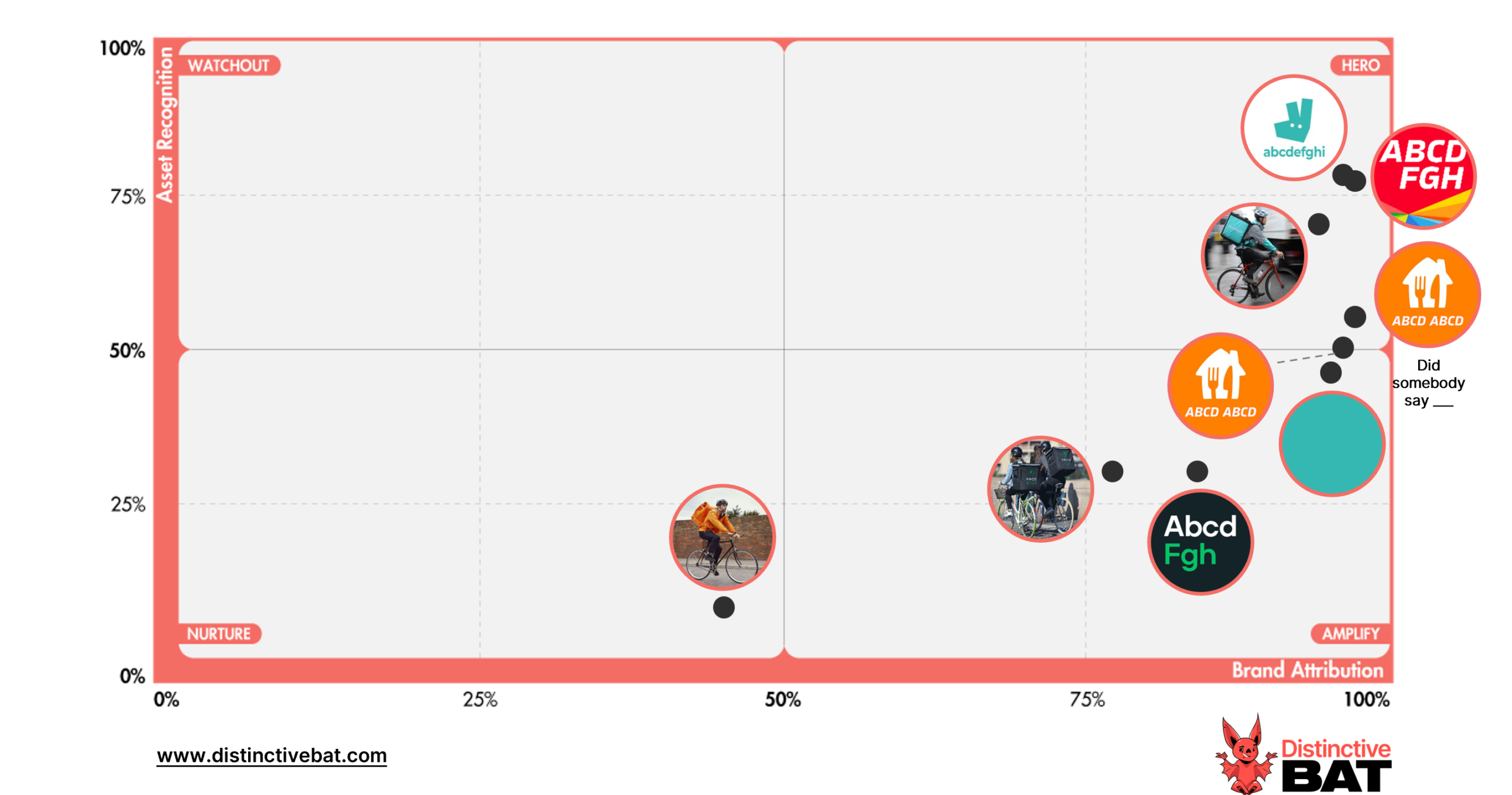
Mr Kipling
Nice breakdown by David Taylor on some of the lessons that can be taken from the mistakes made by Mr Kipling, ranging from forgetting about what brand assets made you famous, to the effects of too much tinkering with your pack. Via the Brandgym
Compare The Market/Meerkat
One of the best-known examples for U.K. readers, the Compare the Market Meerkats are a wonderful example of DBAs in action, highlighting that sometimes the best creative ideas don’t need to make sense. Read more about it in the Guardian here or get the view on the campaign from some well known U.K. ad folk here on Little Black Book.
Weetabix ‘a Rembrandt in the Attic’
IPA Effectiveness Awards winner via BBH, this case study looked at how the brand rediscovered their “Rembrandt in the attic”, the distinctive brand asset ‘Have you had your Weetabix?’ which helped the brand return to growth and surpass £150m in sales for the first time. It also demonstrated the importance of brand assets on pack in helping the brand be easy to buy and being easier to find on-shelf. Available via the IPA or WARC here.
Pepsi “Borrowing” Diet Cokes DBAs
Is using your competitor’s brand assets a wise move?
The ‘Tastes OK’ campaign poked fun at Diet Coke by using letters from their competitor’s name. But is it wise to heavily feature your main competitor’s brand assets in your advertising? We researched a debranded version of the advert (by removing the brand name), and more people attributed it to Coca-Cola than to Pepsi! You can read more about our thoughts here.
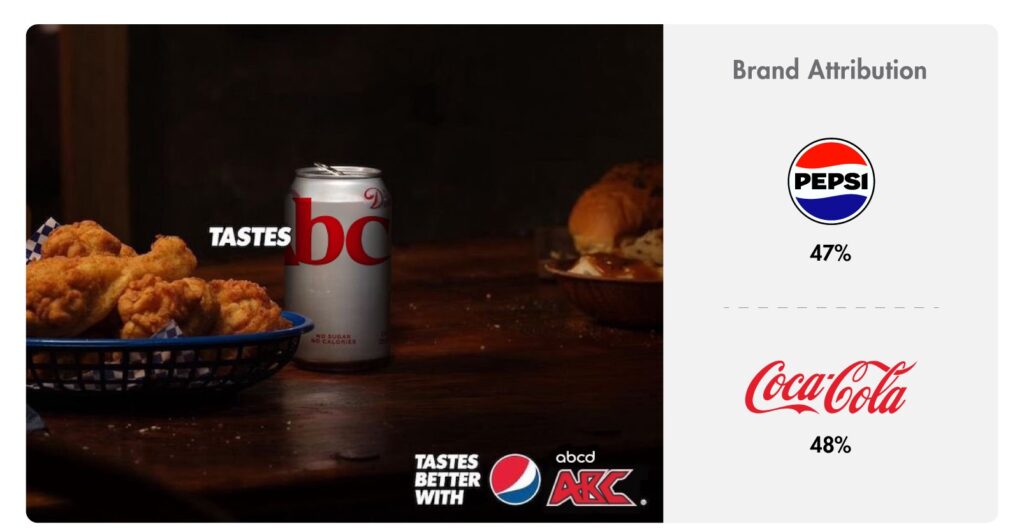
U.K. Retail Christmas Characters
Another small case study from research we conducted on how characters were performing for U.K. retailers in the lead-up to Christmas. Kevin the Carrott from Aldi is a great example of how to activate a distinctive character. Read more about it here.
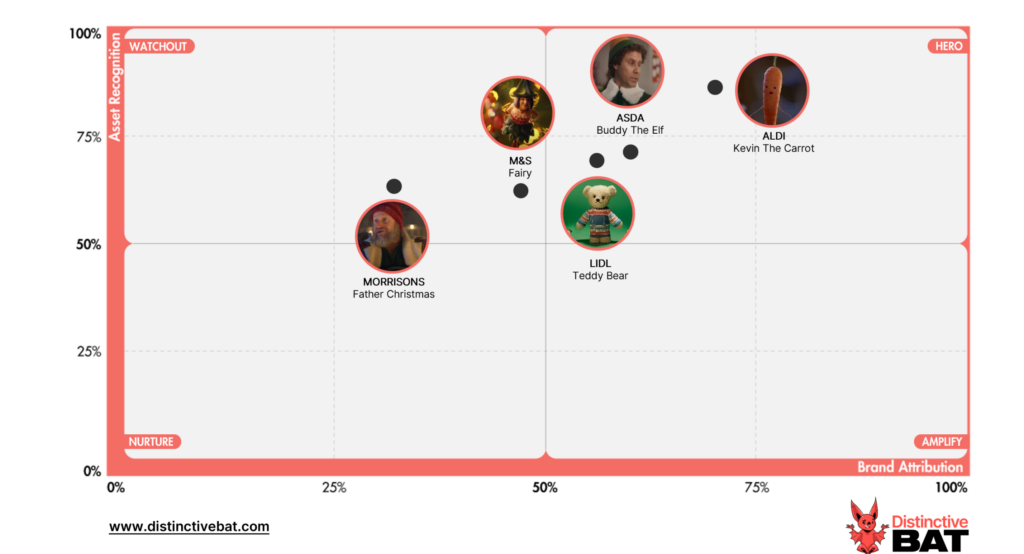
Have any questions on Distinctive Brand Asset Research or Tracking? Drop me a message via LinkedIn or email at hello@distinctivebat.com
Distinctive Asset Measurement: Brand Research That Provokes Action

Used by some of the world’s most distinctive & leading brands








